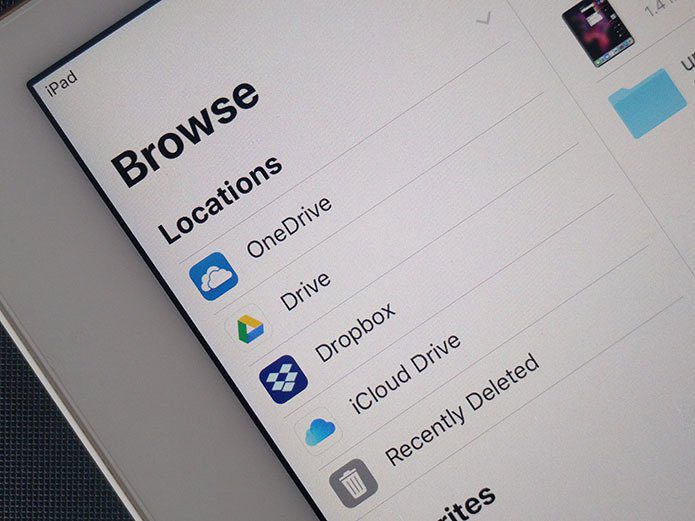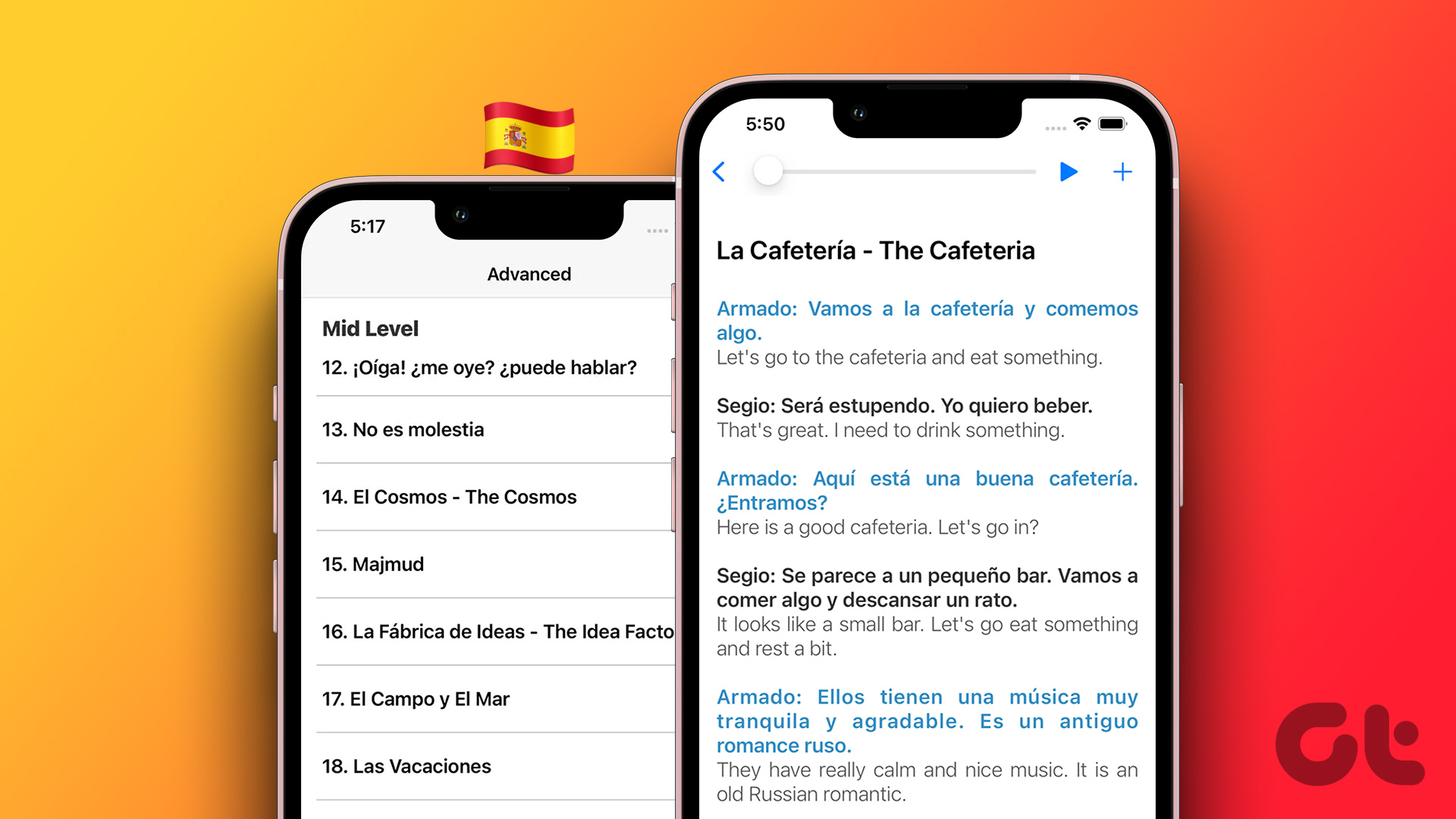However, this diversity also brings along some confusion, and depending on the language you want to learn and the approach that you prefer, you might find yourself overwhelmed by the choices the App Store provides. Well, in this article we make things a little easier for you by taking a look at three unique iOS language learning apps that each provide a different approach. Ready? Let’s get started.
1. Parraoke Student
Mandarin Chinese is considered by many to be one of the most difficult languages to learn. As such, it is refreshing to find any app or tool that makes the process as smooth as Parraoke (free, iPad exclusive) does. This iPad-exclusive learning application, while targeted towards kids, makes for the perfect starting point for just about anyone learning Mandarin Chinese thanks to the various games, learning and listening activities spread throughout the app. What makes Parraoke really stand out from other apps that teach this language though, is its impressive natural language speech engine. This allows Parraoke not only to recognize but also to evaluate each student’s pronunciation (something of a feat if you consider how nuanced and complicated intonation can be when learning Mandarin Chinese), allowing students to move in the right direction with their Mandarin Chinese learning.
2. Babbel
Where Parraoke focuses on one language, Babbel provides lessons for most of the main languages of Europe. And even though Babbel’s main courses are available via subscription, there is still quite a bit of free content available within the app. One aspect where Babbel stands out a bit from competitors like Duolingo (which we have previously reviewed) for example, is on its focus on mastering basic conversational skills first. This is a very practical approach that is favored by many users, since it allows them to start communicating faster.
3. Living Language
While the other apps mentioned in this article cater to beginner language students, Living Language offers lessons targeted at various levels of proficiency, providing a decent challenge even to those who have basic knowledge on the language they are trying to master. Sadly, higher-level lessons are locked behind in-app purchases, but the available ones should be enough to give any user a feel for what the app has in store. Android Users: We haven’t forgotten about you, learn how to get meanings of words directly on your device.
En Conclusión
And there you have them. As you can see, learning a language goes far beyond choosing any app that teaches it. Knowing the app’s approach and/or specialty also plays a crucial role in deciding what to try. So keep this in mind next time you plan to learn a new language on your iOS device. The above article may contain affiliate links which help support Guiding Tech. However, it does not affect our editorial integrity. The content remains unbiased and authentic.




















